ATSC 113 Weather for Sailing, Flying & Snow Sports
Snow Crystal Habits
Learning Goal 7k. Identify different snow crystal habits by sight.
Learning Goal 7l. Give reasons why snow crystal habits form differently.
Snow that has fallen on the ground is made up of many small crystals
of ice. These crystals take on many different shapes or habits,
and usually measure just a few millimetres across. However, the largest
single snow crystal ever actually photographed was 10.1 mm (Fig.
7kl.1).
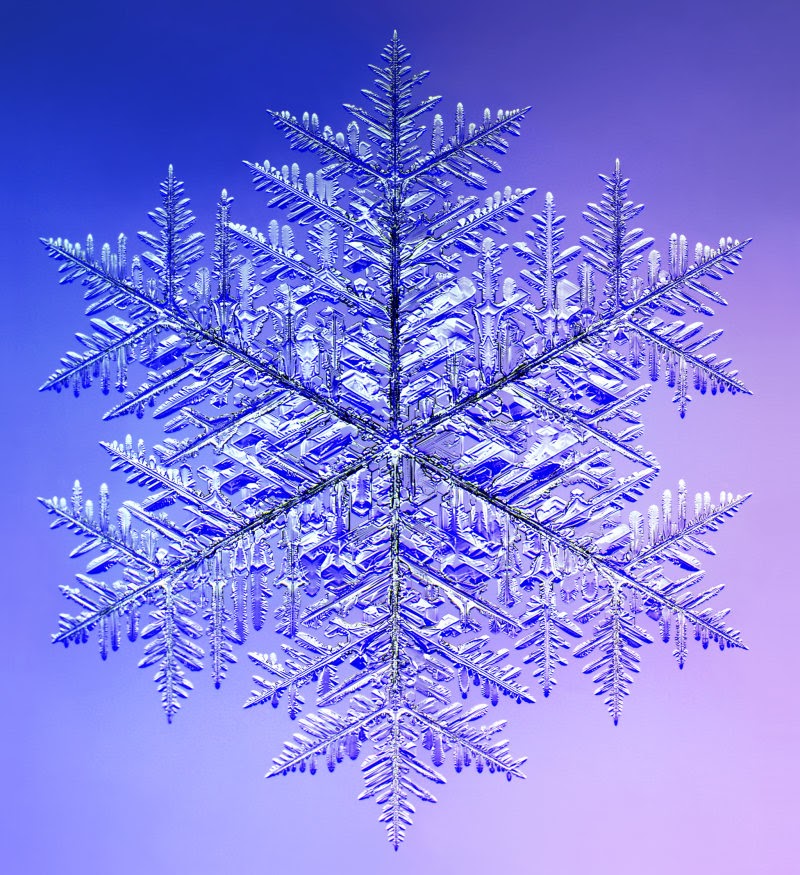
Fig. 7kl.1 - The largest single snow crystal ever
photographed, 10.1 mm from tip to tip (Credit: Libbrecht).
The snowflake pictured above is known as a fernlike stellar
dendrite,
which is just one of the many varieties of snow crystal. For your
interest, there is a table showing many examples of snow crystal habit
in the Xinfo section at the bottom of the page. You are not required to
remember all variations, but here are some other common types of snow
crystal which you are required to know about...
...stellar dendrites, probably the most recognizable type of
snow crystal...
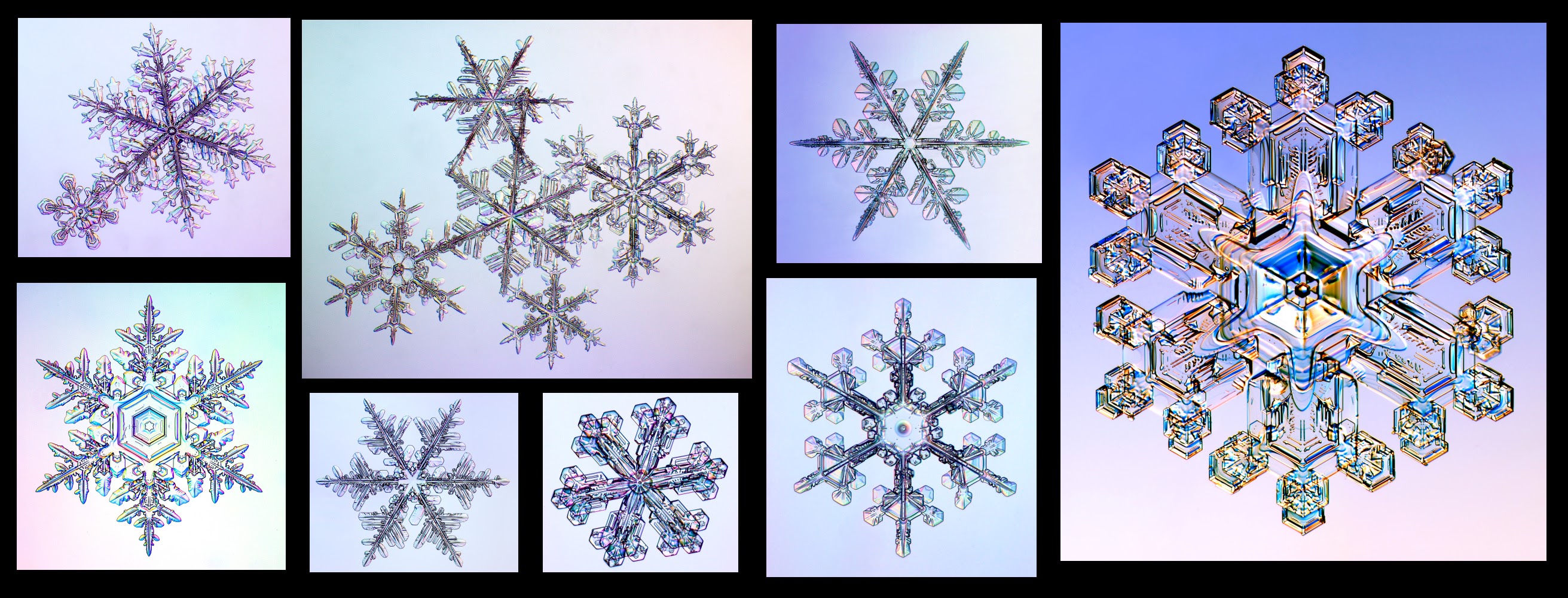
Fig. 7kl.2 - Stellar dendrites. (Credit: Libbrecht)
...columns and needles, also common but not as easy to find.
Columns are more columnar i.e. thicker, and needles are longer and
thinner...
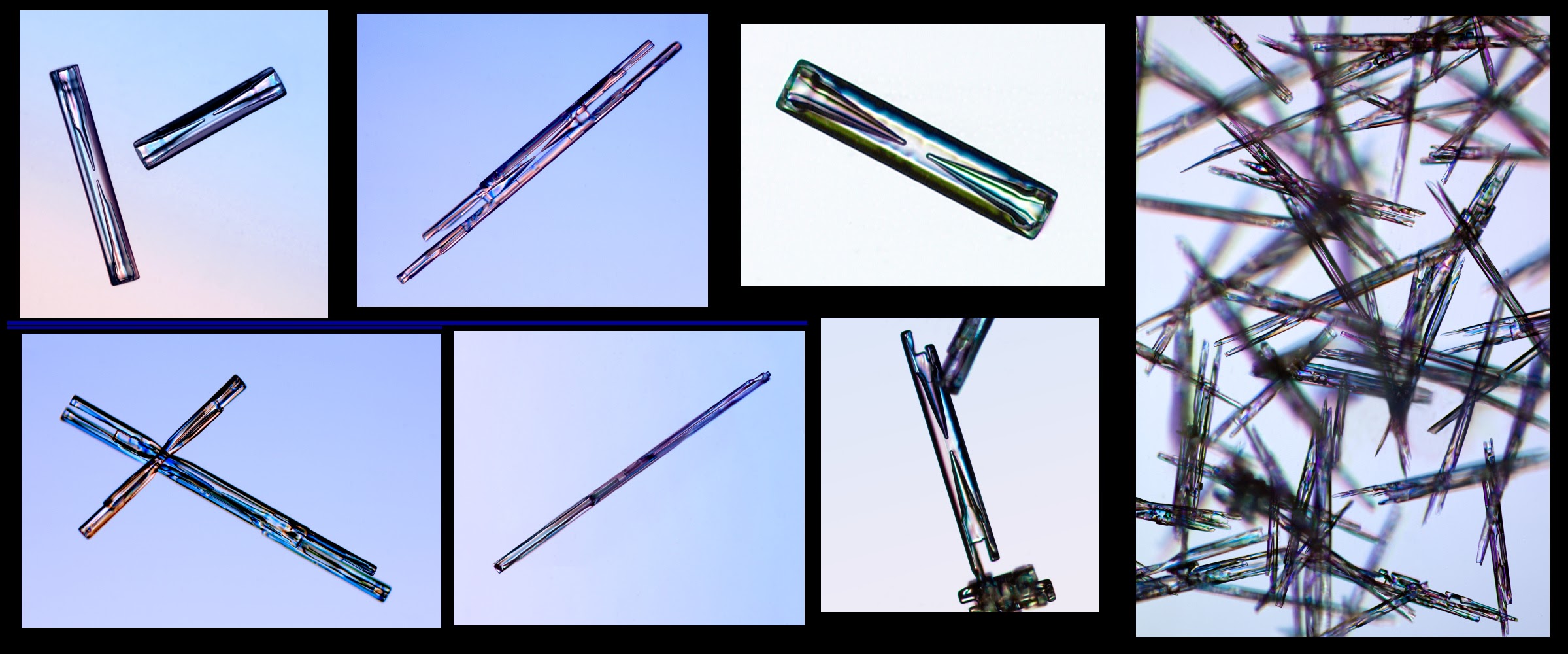
Fig. 7kl.3 - Columns and needles. (Credit: Libbrecht)
...capped columns, these are not as common as dendrites,
columns, and needles...
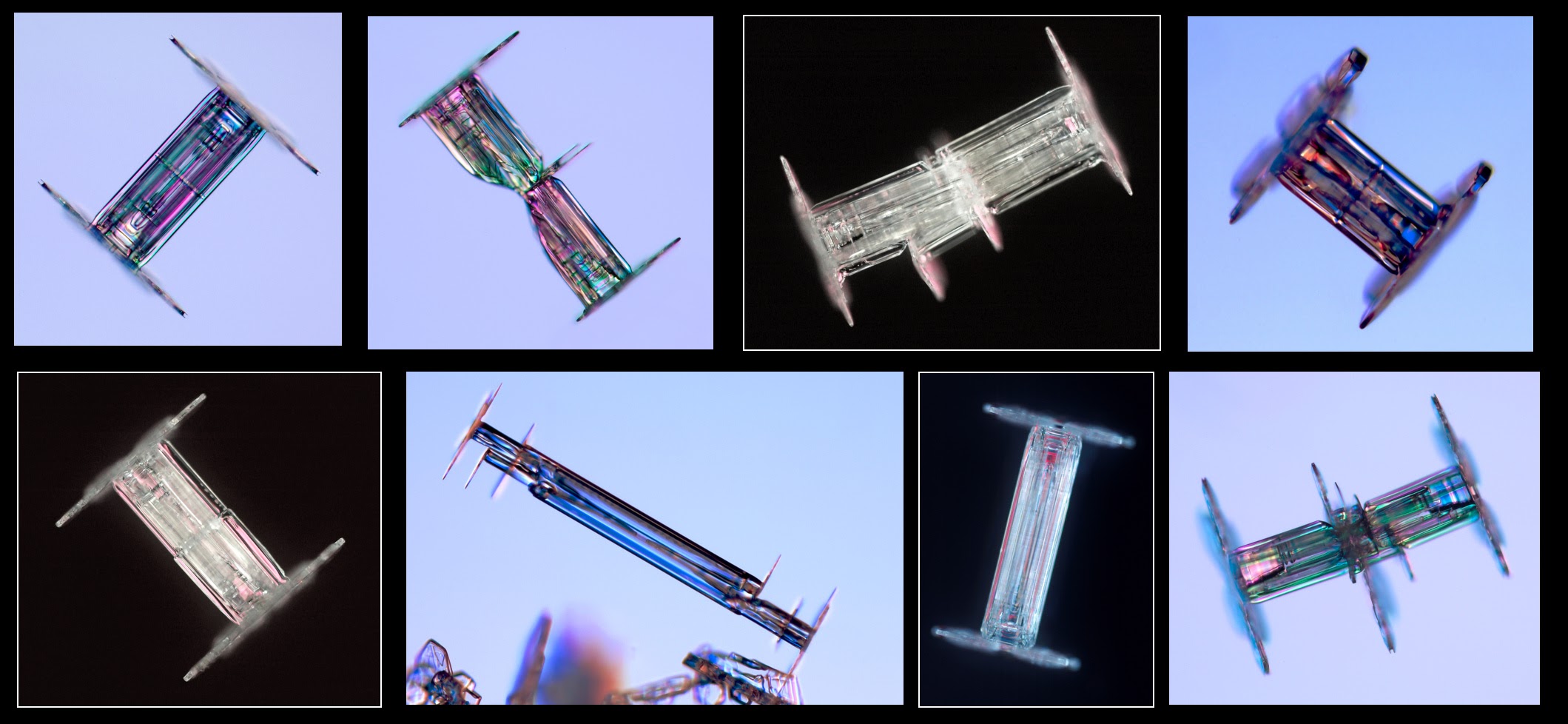
Fig. 7kl.3 - Capped columns. (Credit: Libbrecht)
...and diamond dust, the smallest snow crystals that glisten
in the sun, usually found in extreme cold weather.
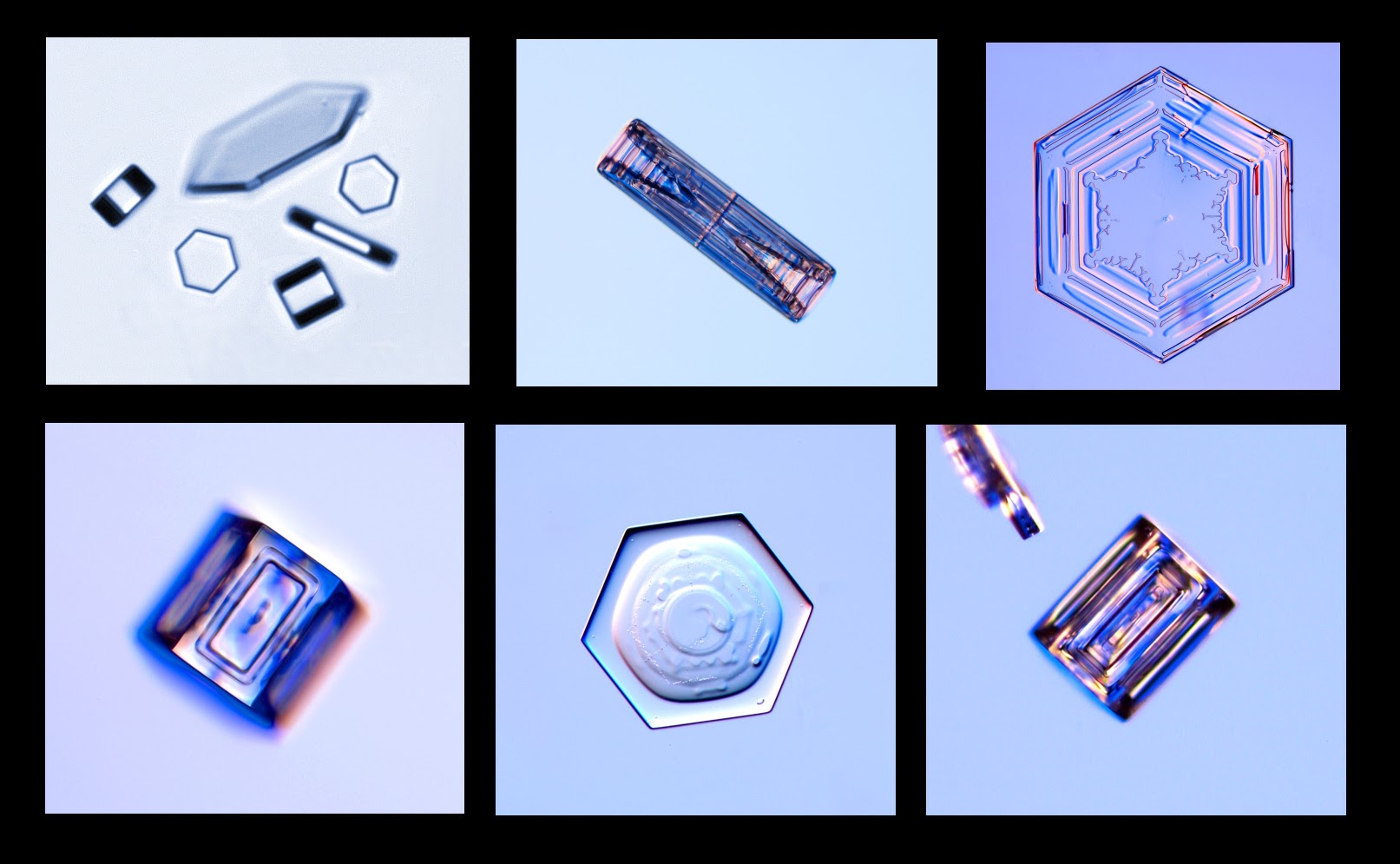
Fig. 7kl.4 - Diamond dust. (Credit: Libbrecht)
Why do we care about snow crystal habit?
Aside from being beautiful to look at, it is helpful to know about
the shape of snowflakes as this affects the density of the snowpack on
the ground (see Learning Goal 7b).
This is important in the context of avalanches as different snow
crystal shapes create layers of snow with different densities. This is
covered more in detail in Learning Goal 7f.
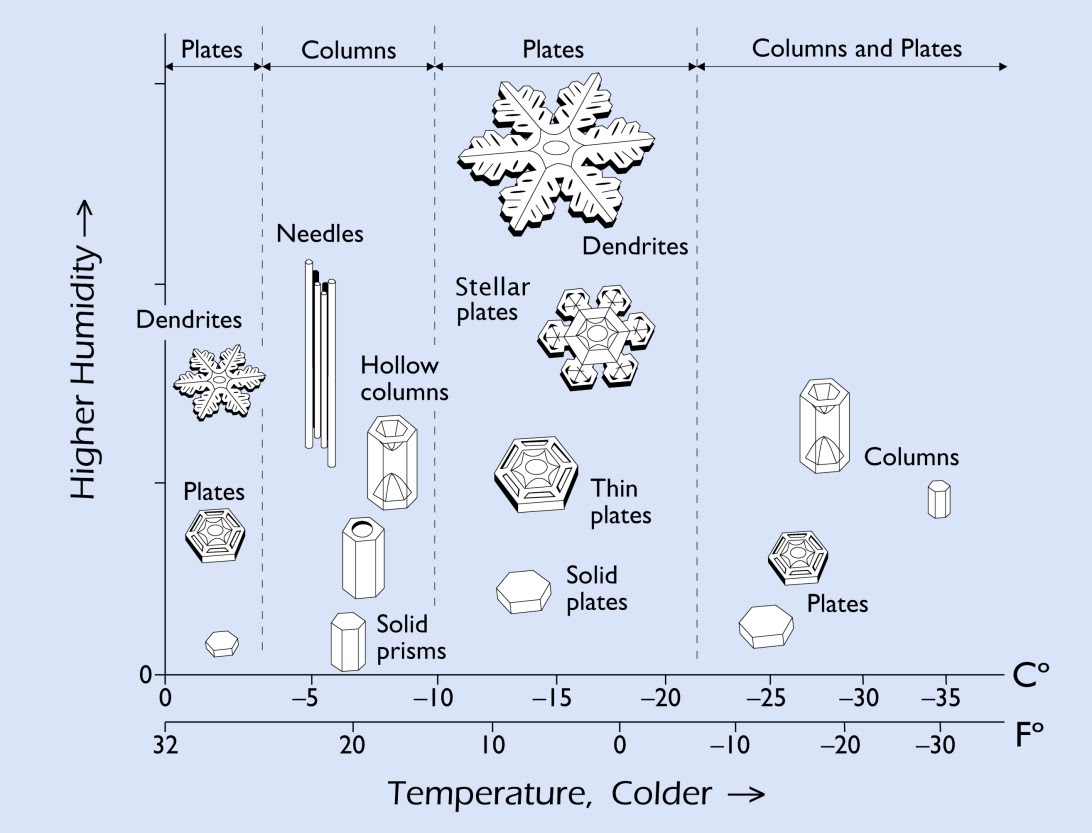
Fig. 7kl.5 - Snow crystal
morphology diagram which shows how snow crystal shape or habit changes
with temperature and humidity. (Credit: Libbrecht)
Fig. 7kl.5 gives you an idea about what kind of snowflakes form at
different temperatures and humidities. Don't be intimidated by the
diagram. The two important things to remember are:
- As temperature decreases below 0°C, from left to right in the
figure, snow crystal formation changes type three times. From
flat plates, to long columns or needles, back to plates again, and then
to columns and plates.
- As humidity increases, the snow crystals tend to get bigger.
Also, they tend to get more branches or dendrites on them.
The diagram just provides a visual aid to help you remember this.
The snow crystal photographs above are from Kenneth Libbrecht's Guide
to Snowflakes.
Dr. Libbrecht is a professor at California Institute of Technology and
has studied snow crystals in great detail, even growing them himself in
his laboratory. You might be wondering how some of the weirder shapes
are formed.
Temperature and humidity can change a lot along the path of a
falling snow crystal. This path may extend from near the top of the
troposphere to the ground. As an example, maybe a snow crystal falls
for a short time through a layer of air at about -15°C; according to
Fig. 7kl.5, the crystal will grow outwards into a small flat plate. The
next layer of air that the snowflake passes through is warmer at about
-7°C. The crystal begins to grow in the direction perpendicular to the
flat plate, creating a solid prism. The next layer of air is colder
again, at -13°C, and so the ends of the prism begin to grow outwards in
the other direction, the same direction as the original plate. This is
how a capped column is formed, which looks like two wheels at
each end of an axle (Fig. 7kl.3).
And that is just one example. If you can imagine the endless
possible combinations of temperature and humidity, then you will start
to grasp the infinite possibilities of snow crystal shape and size. For
a more in depth discussion on the science of snowflakes, see the link
and YouTube video in the Xinfo section below.
Other types of snowflake
So far we have essentially covered plate-shaped and column-shaped
snowflakes. There are two other processes that can occur which can be
important.
- When a snow crystal falls through the atmosphere, it can grow by
colliding with tiny water droplets that freeze and stick to it. This
process is called accretion, and the following movie
demonstrates it nicely:
Fig. 7kl.6 - Ice crystal growth by accretion, or
riming. (Credit: COMET/UCAR)
The new snow crystals that form are called graupel. They
look
like rounded but rough white ice pellets (Fig. 7kl.7). They are round
and frozen and look like hail, but hail tends to be clearer and forms
by a very different process (in thunderstorms, usually in the warm
season). Graupel on the ground is unstable on slopes — they tend to
roll downhill like marbles — and thicker layers can form a weak layer,
presenting a risk of avalanches (see Learning Goal 7f).
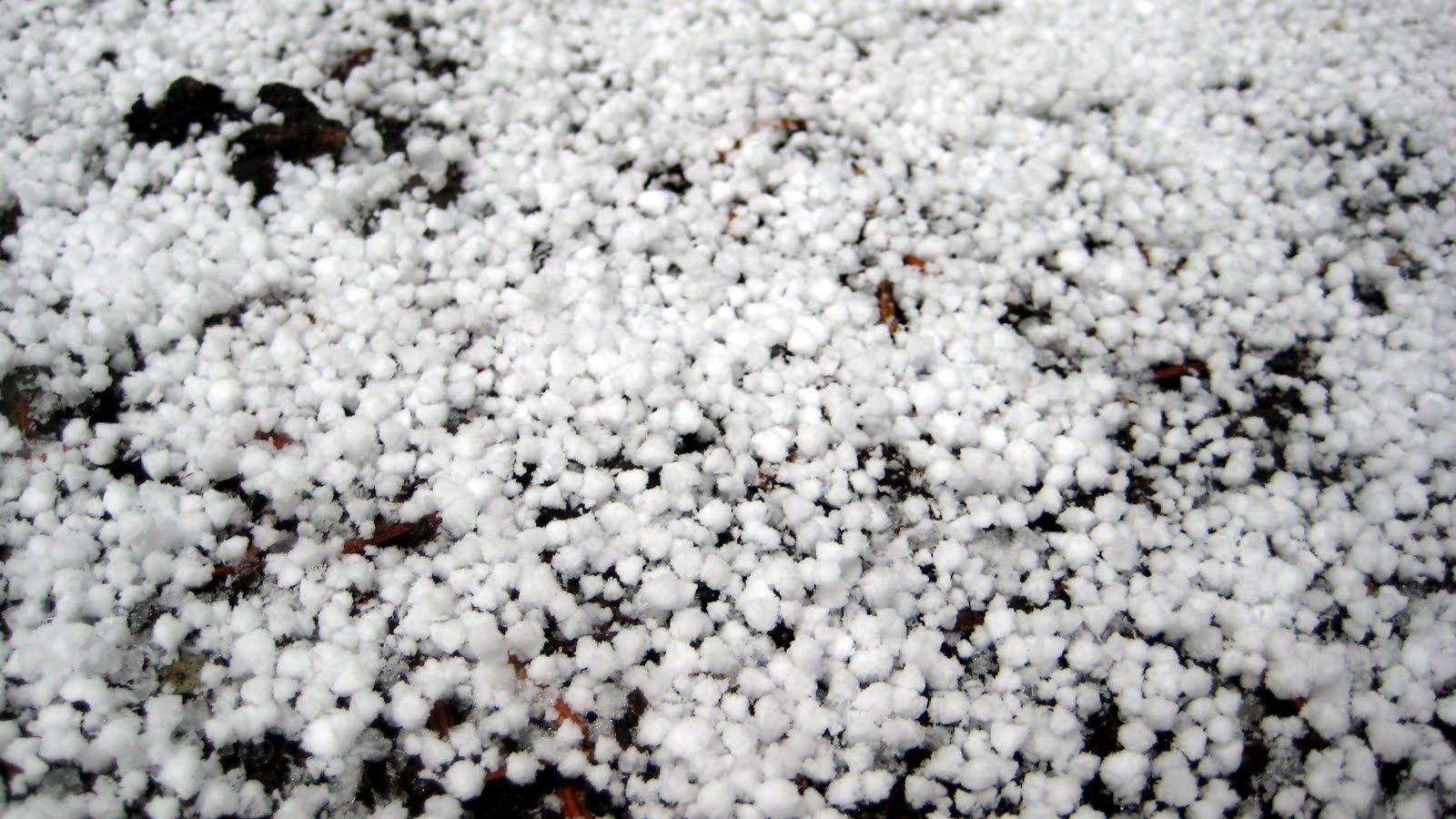
Fig. 7kl.7 - Graupel on the ground at Peyto
Lake, AB, Canada (Credit: West).
- A snow crystal can also grow by aggregation. This is when
ice crystals stick to other ice crystals, forming irregular shapes
referred to as "aggregates" (Fig. 7kl.8).
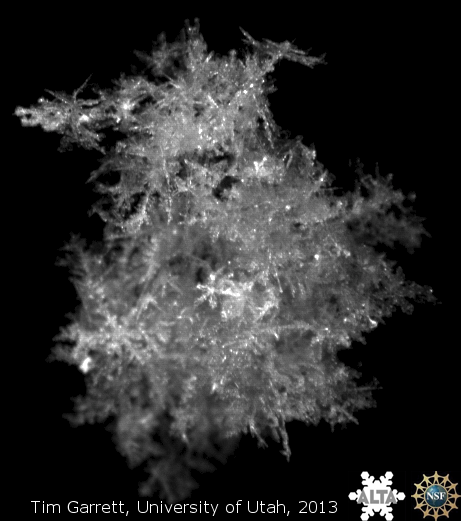
Fig. 7kl.8 - An aggregate of ice crystals.
(Credit: Garrett)
Extra Info for Experts; Not Needed for this
Course.
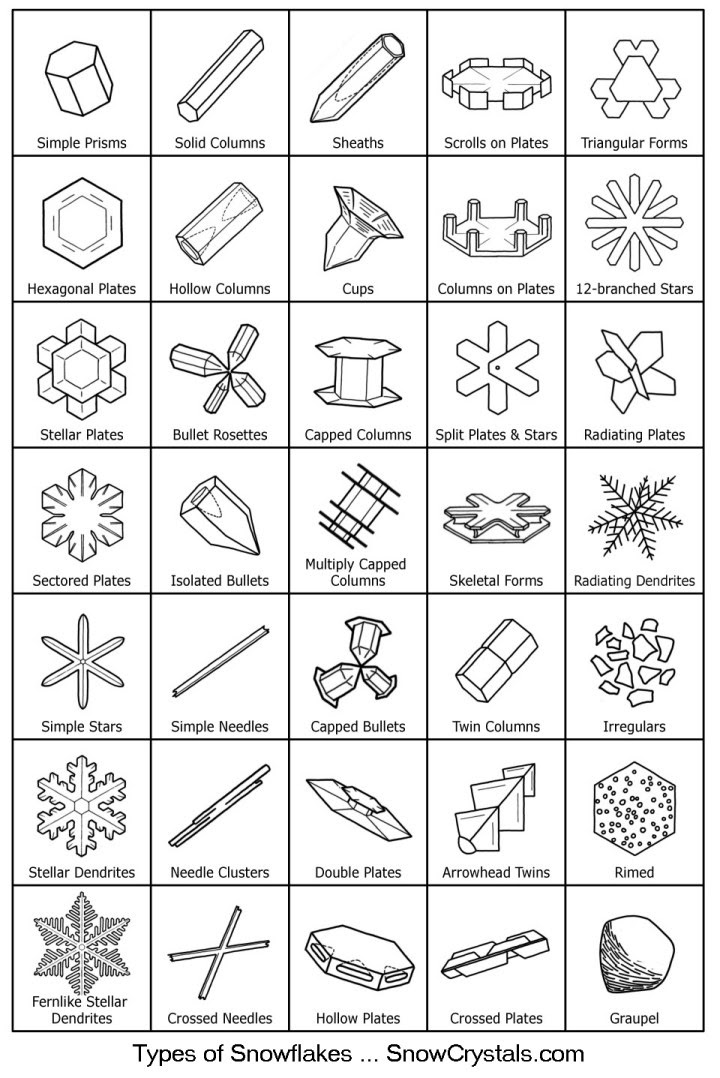
Fig. 7kl.9 - Drawings of many different types
of snowflakes. (Credit: Libbrecht)
- Link to the section of
Kenneth Libbrecht's website on the science of snowflakes.
- Watch this video on The Science of
Snowflakes for a more detailed description of how snow crystals and
snowflakes are formed, among with other interesting snow information.
Key words: habits, stellar dendrites, columns and
needles, capped columns, diamond dust, graupel, aggregation
Figure Credits
Howard: Rosie Howard
West: Greg West
Stull: Roland Stull
COMET/UCAR: The source of this material is the COMET® Website at
http://meted.ucar.edu/ of the University Corporation for Atmospheric
Research (UCAR), sponsored in part through cooperative agreement(s)
with the National Oceanic and Atmospheric Administration (NOAA), U.S.
Department of Commerce (DOC). ©1997-2016 University Corporation for
Atmospheric Research. All Rights Reserved.
NOAA: Images courtesy of National Oceanic and Atmospheric
Administration/Department of Commerce, www.noaa.gov
NASA: Images courtesy of National Aeronautics and Space
Administration, www.nasa.gov
Google: Map data (c) 2016 Google
Libbrecht: Kenneth Libbrecht, SnowCrystals.com
Garrett: Professor
Tim Garrett, University of Utah








